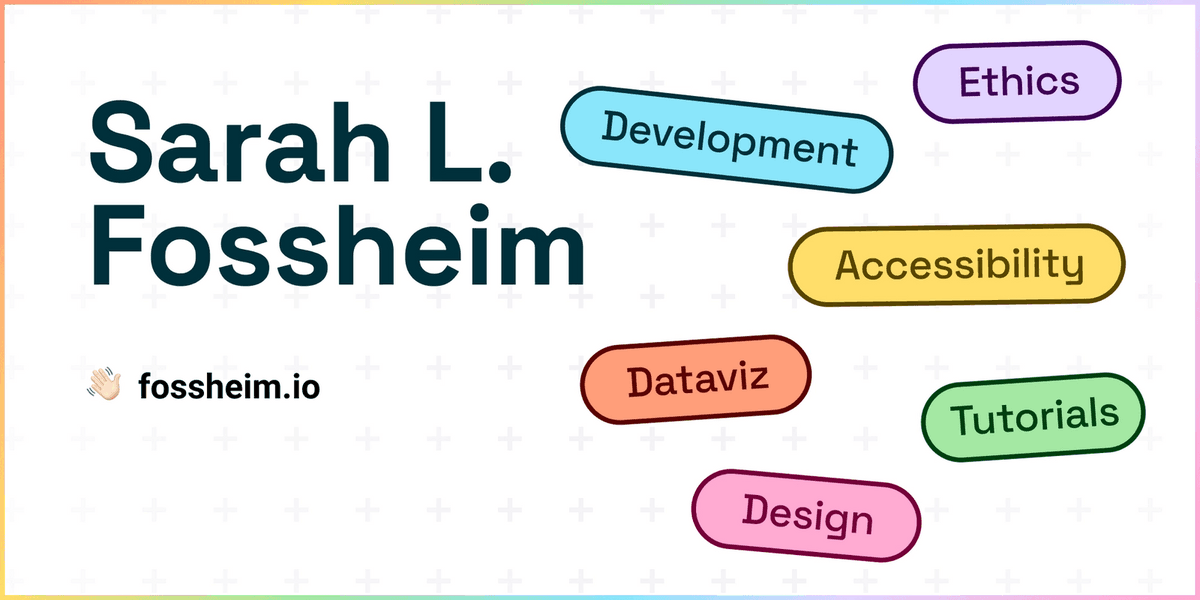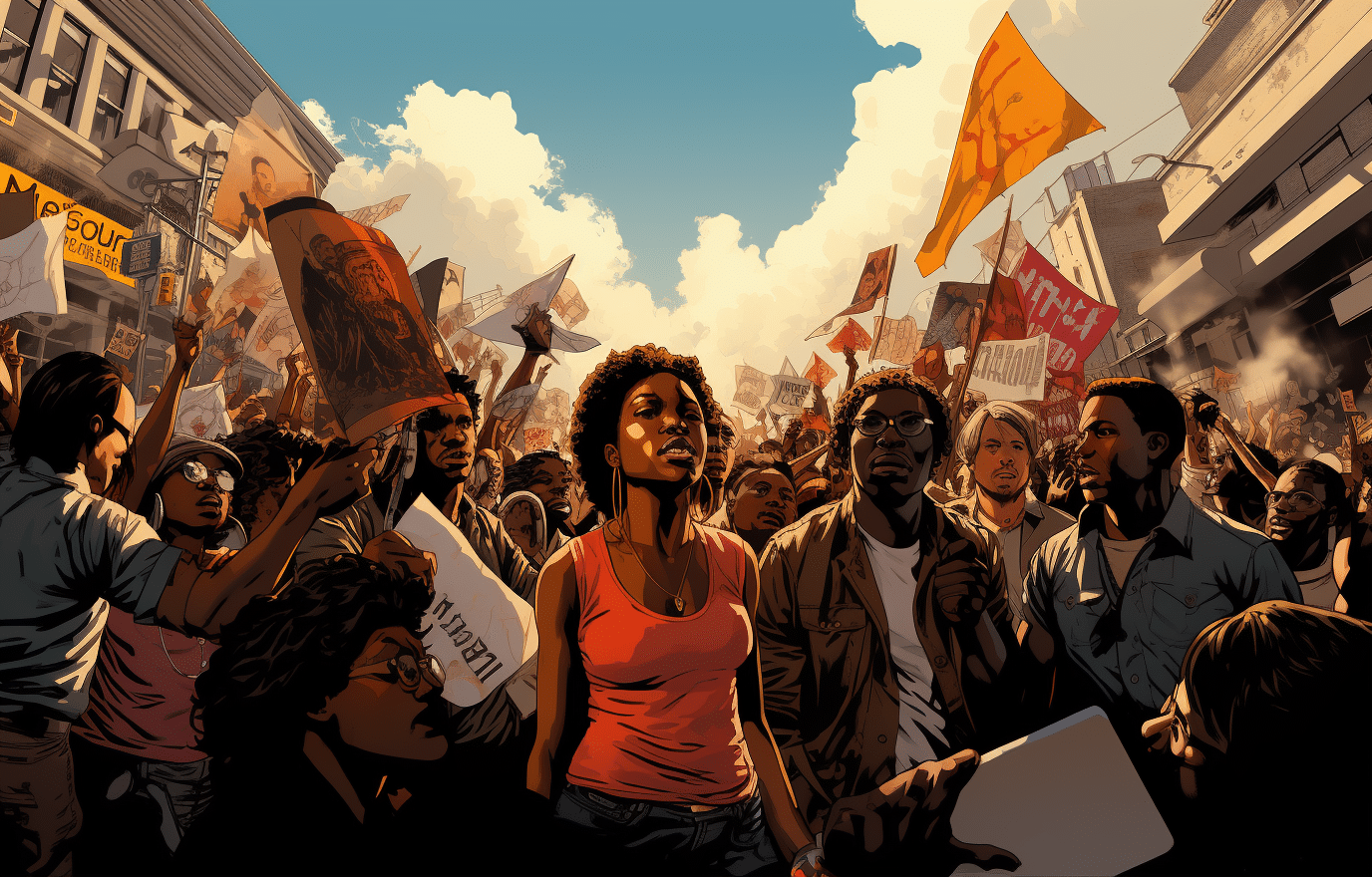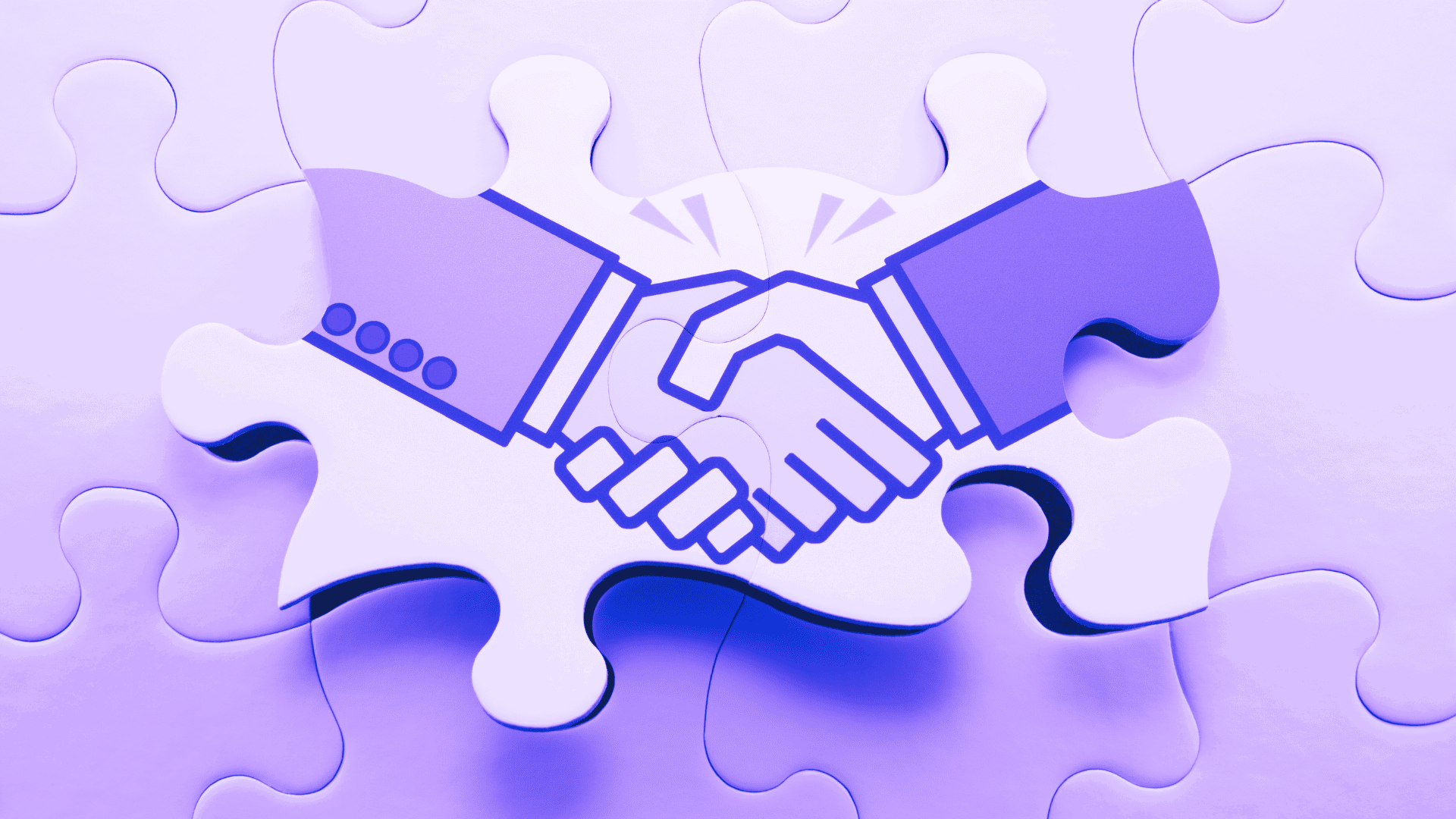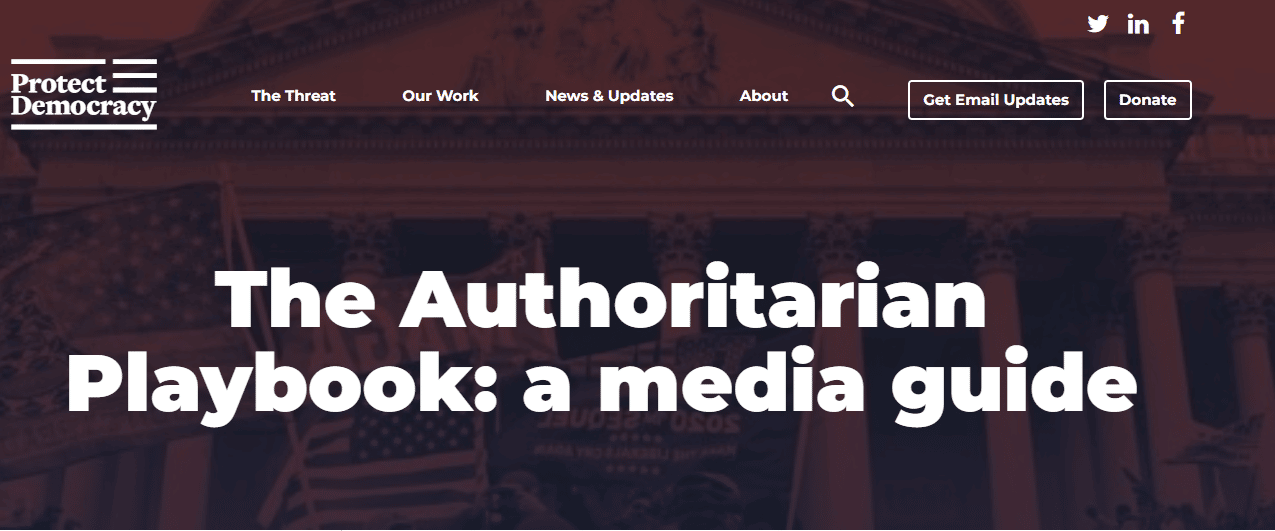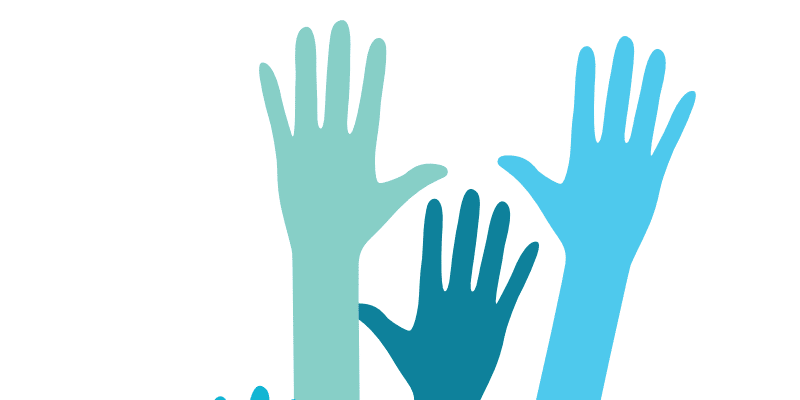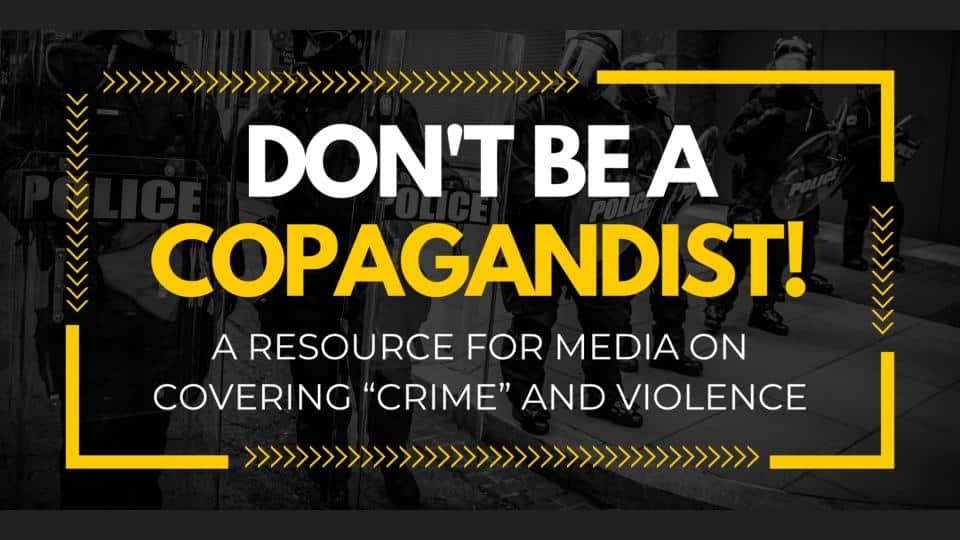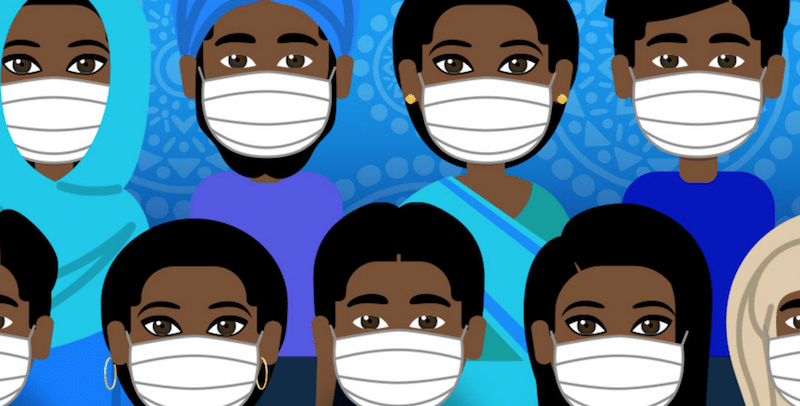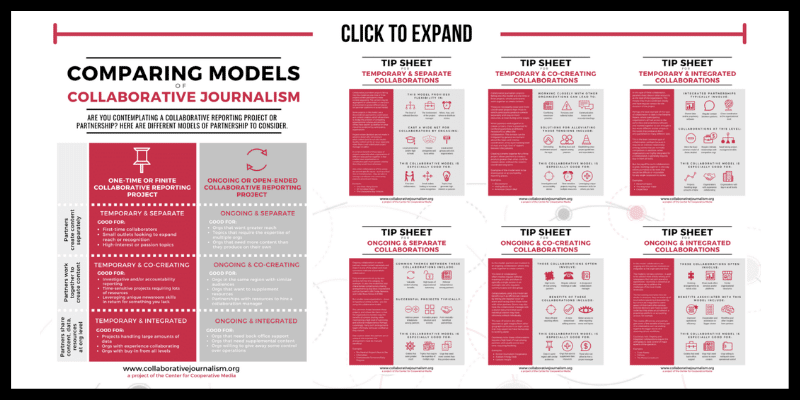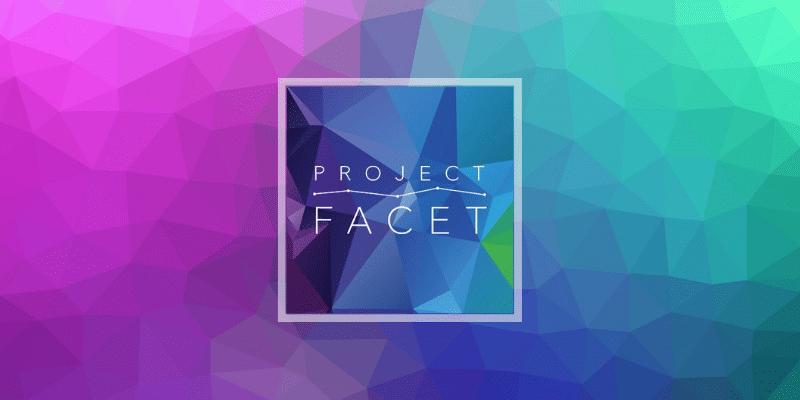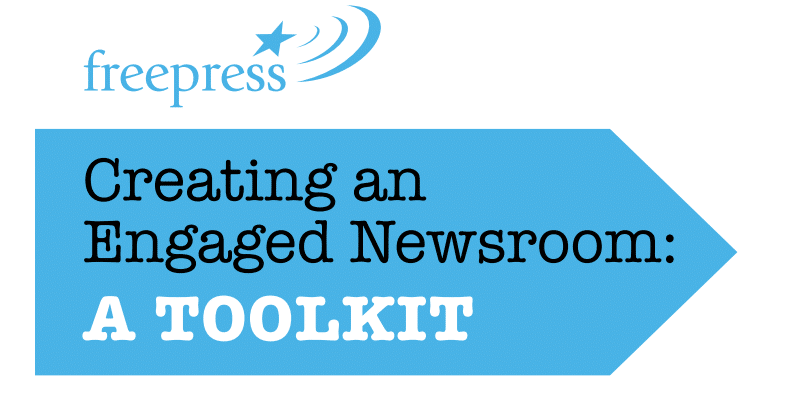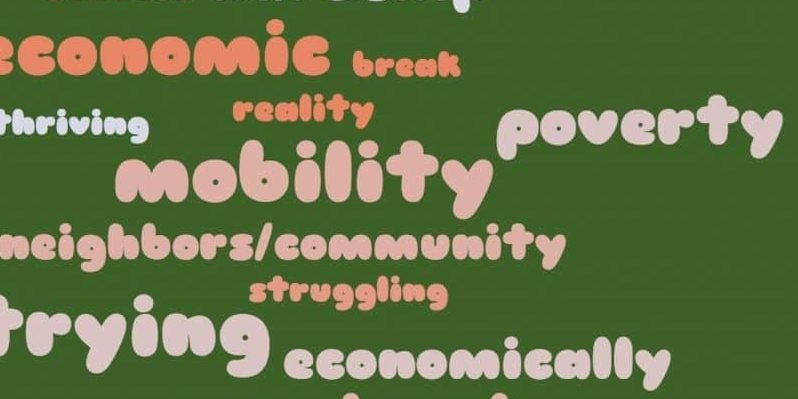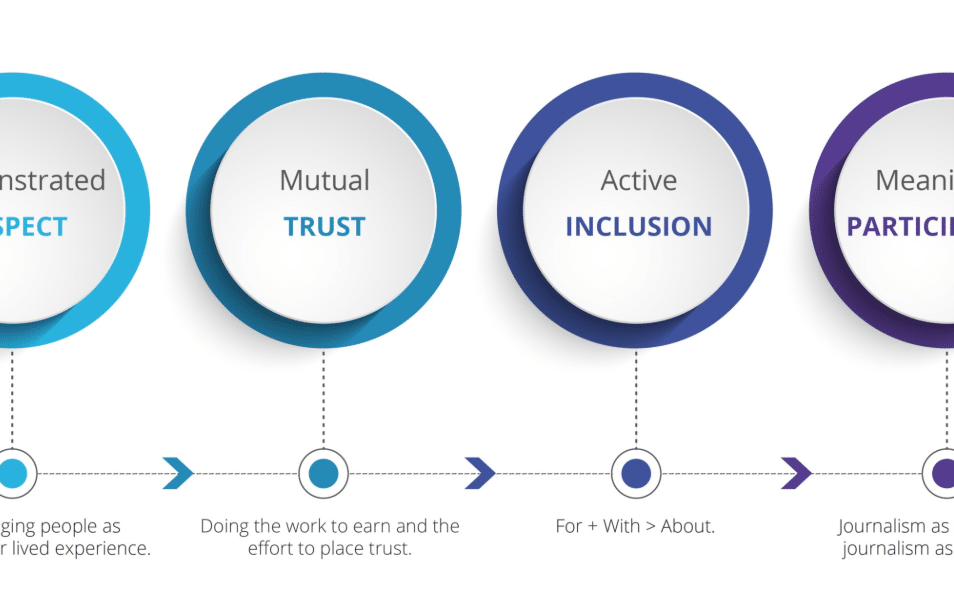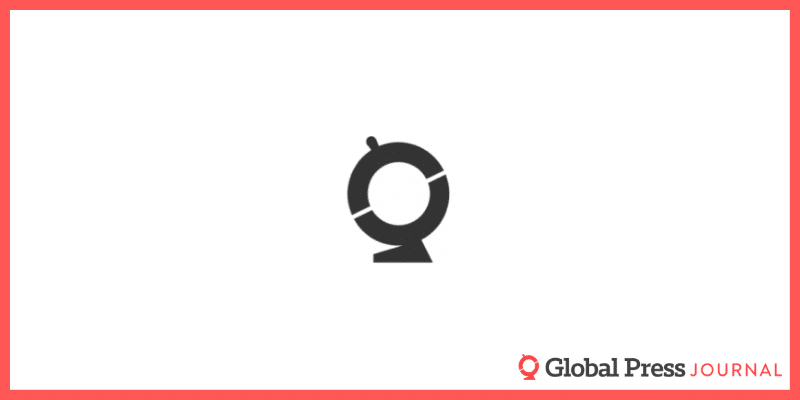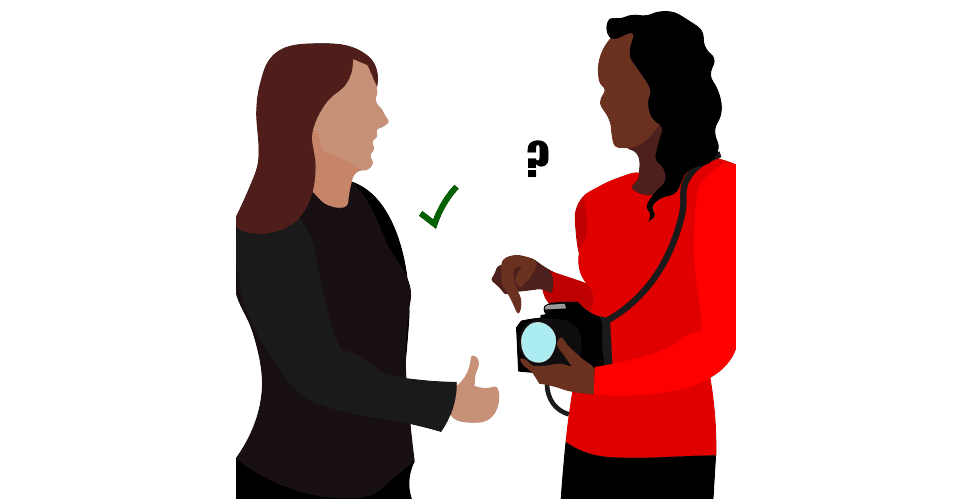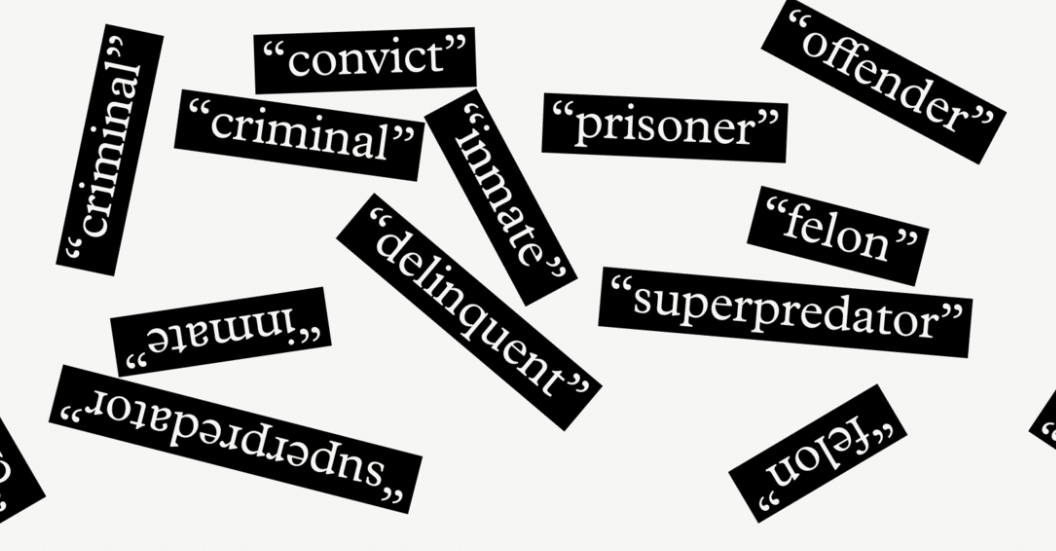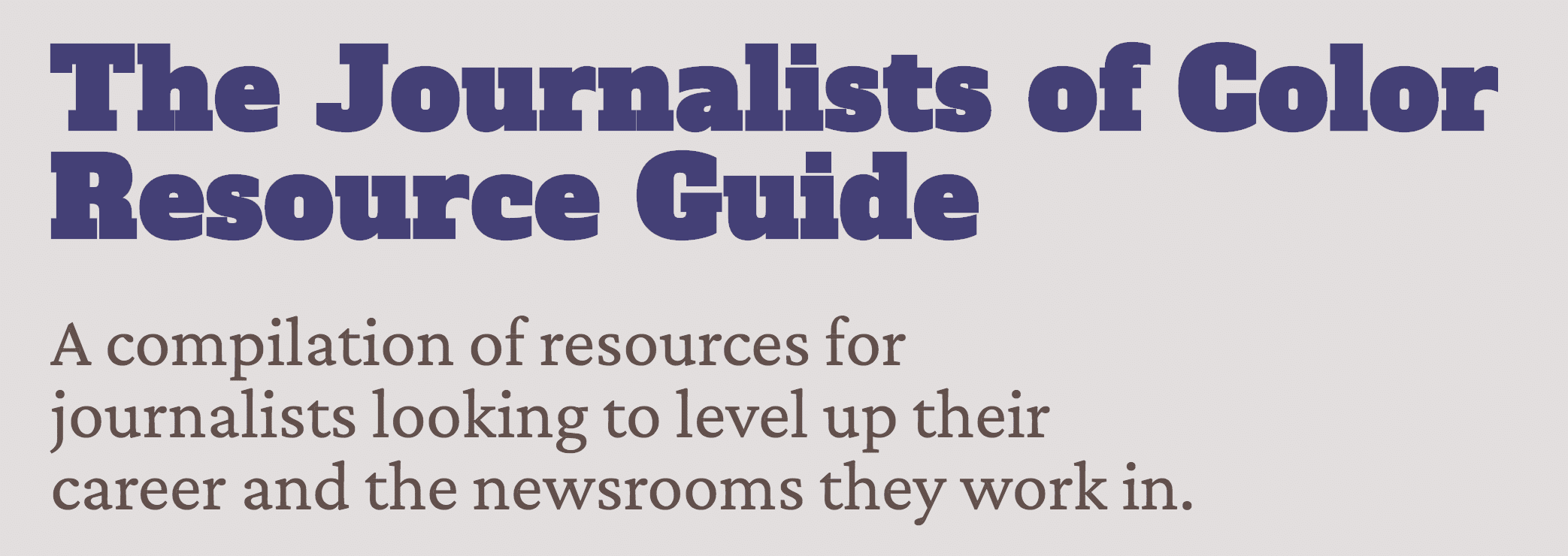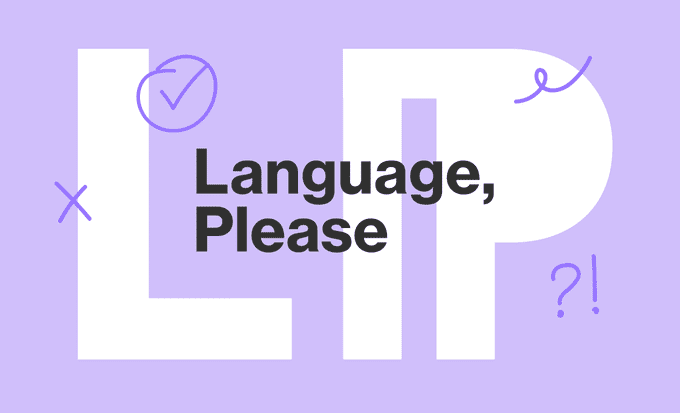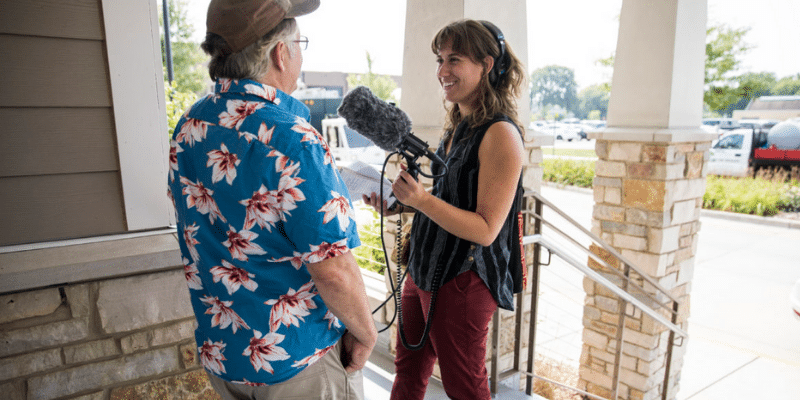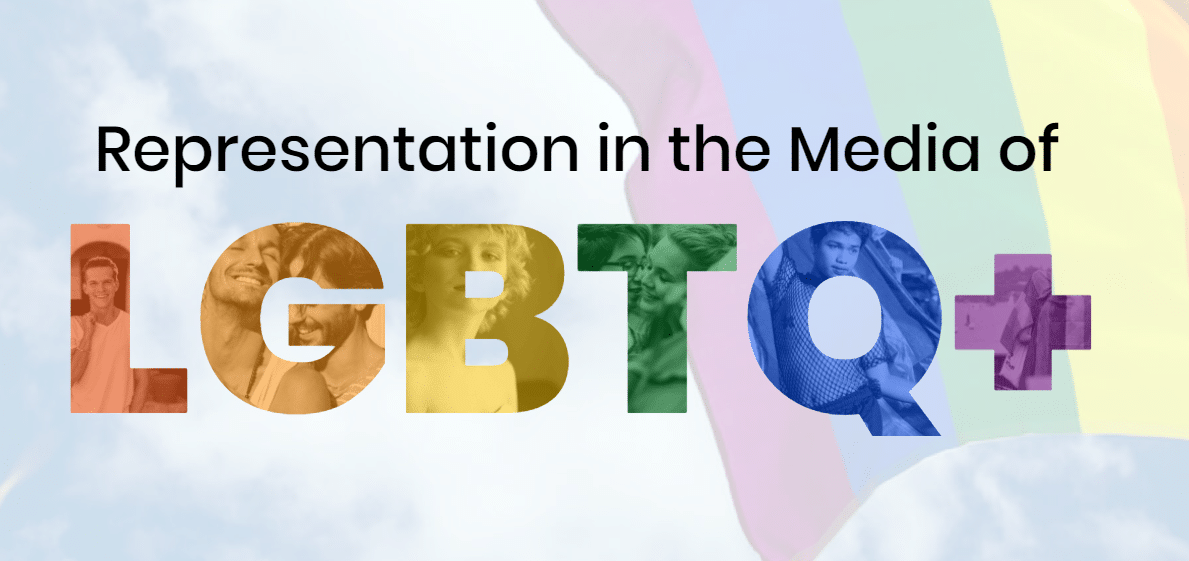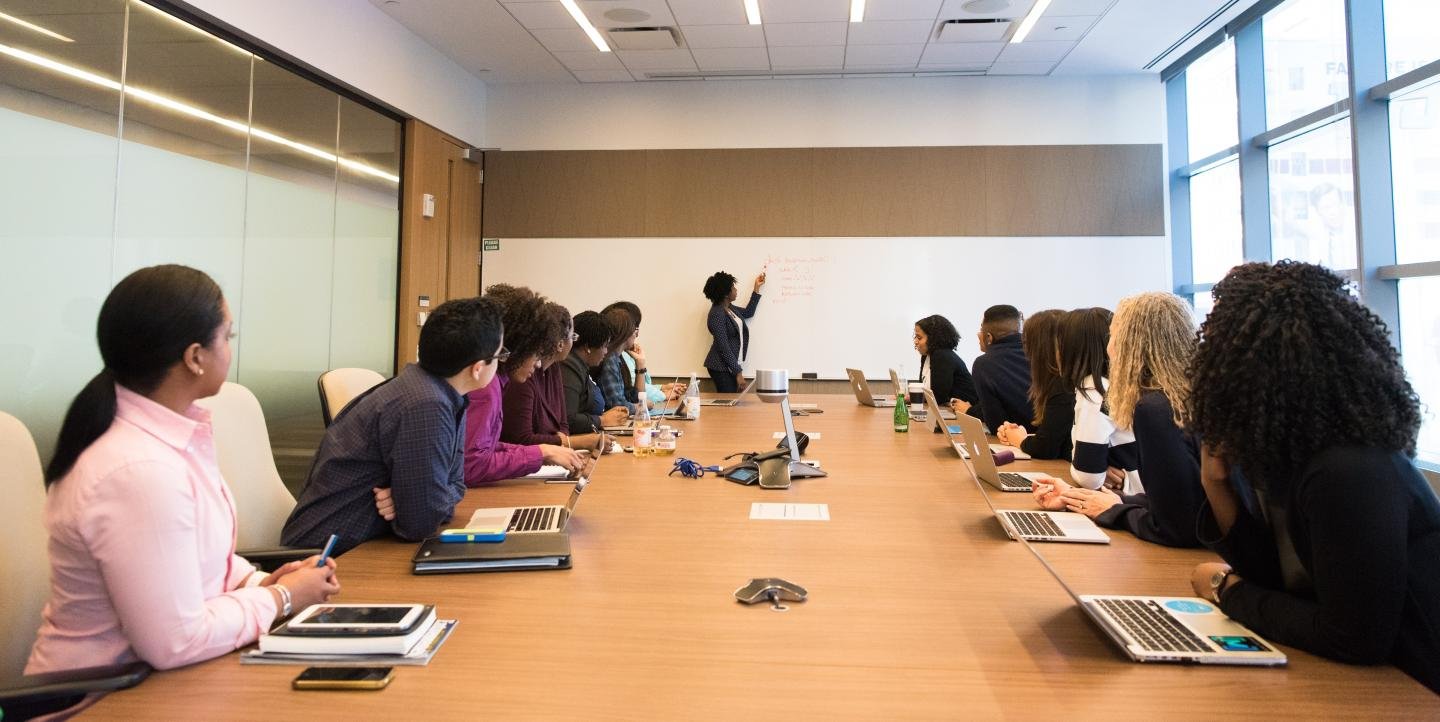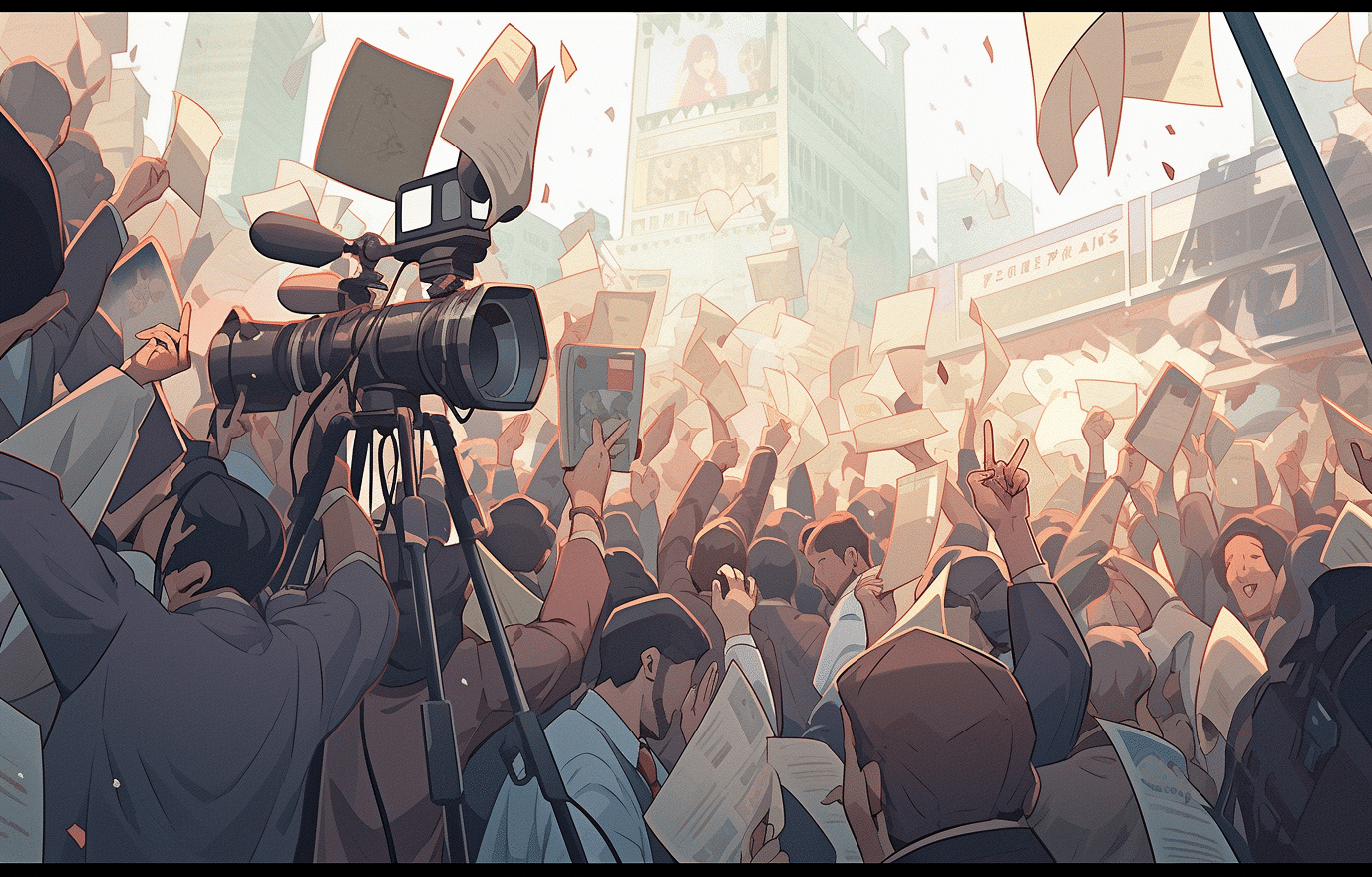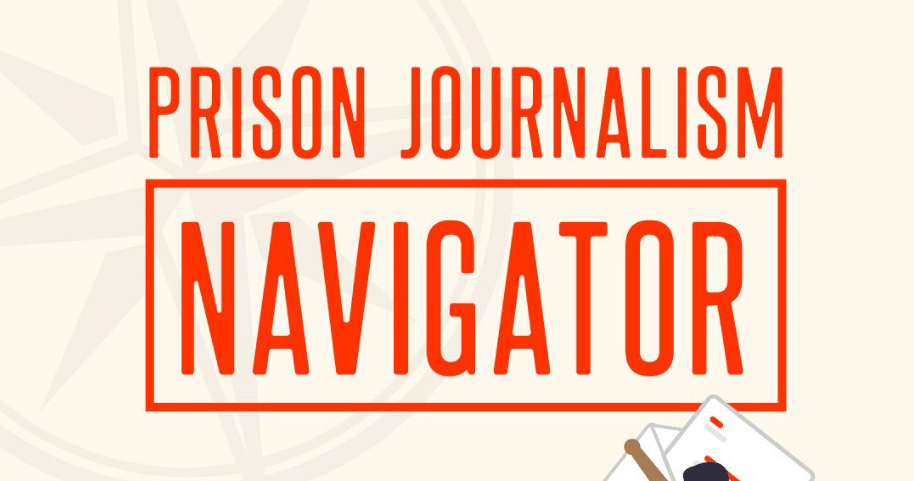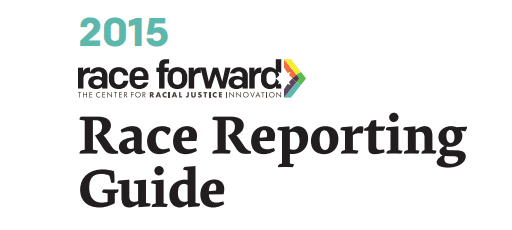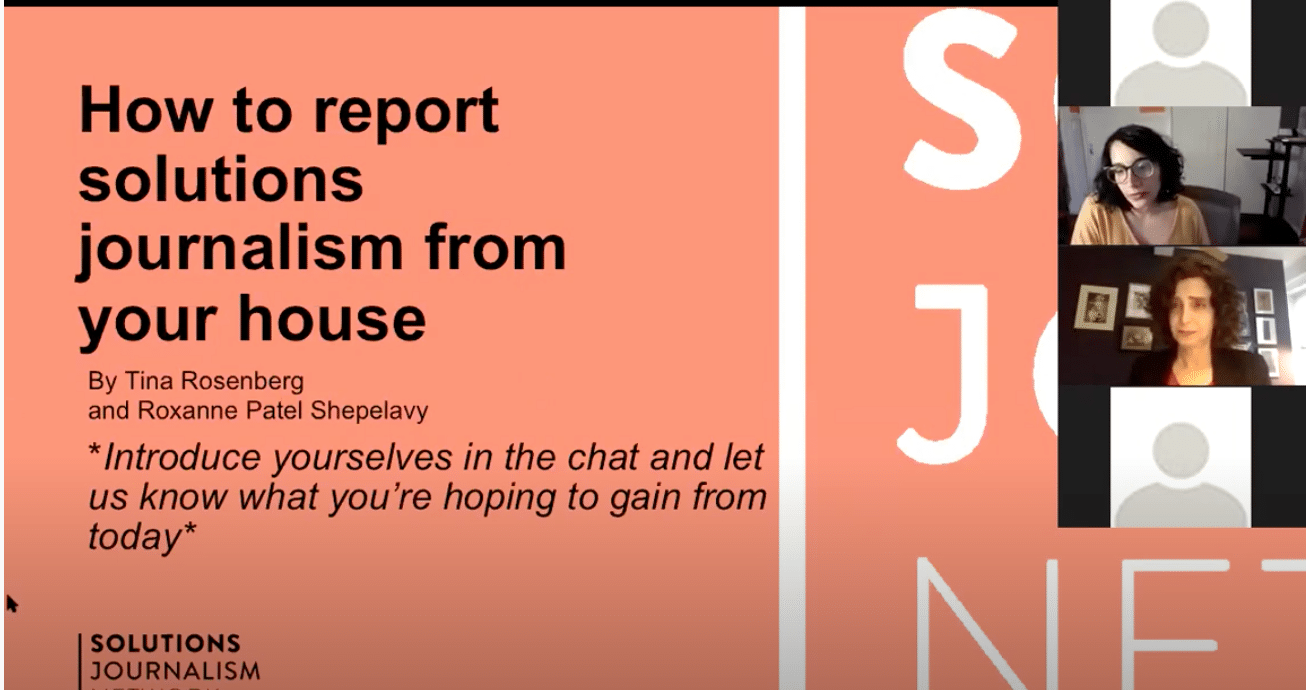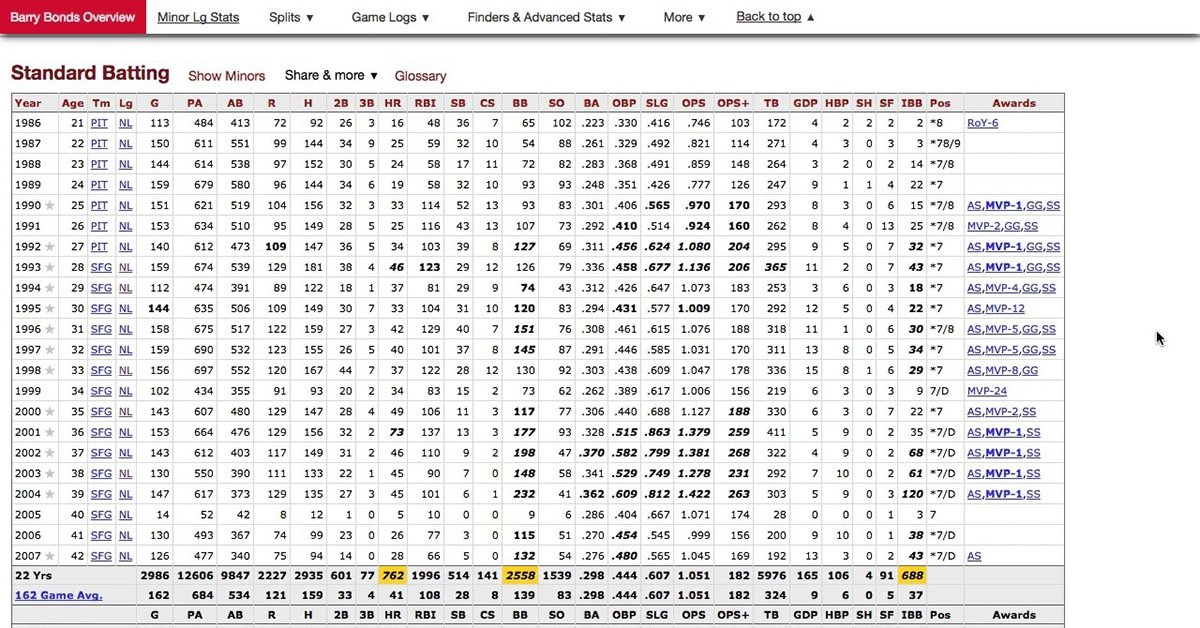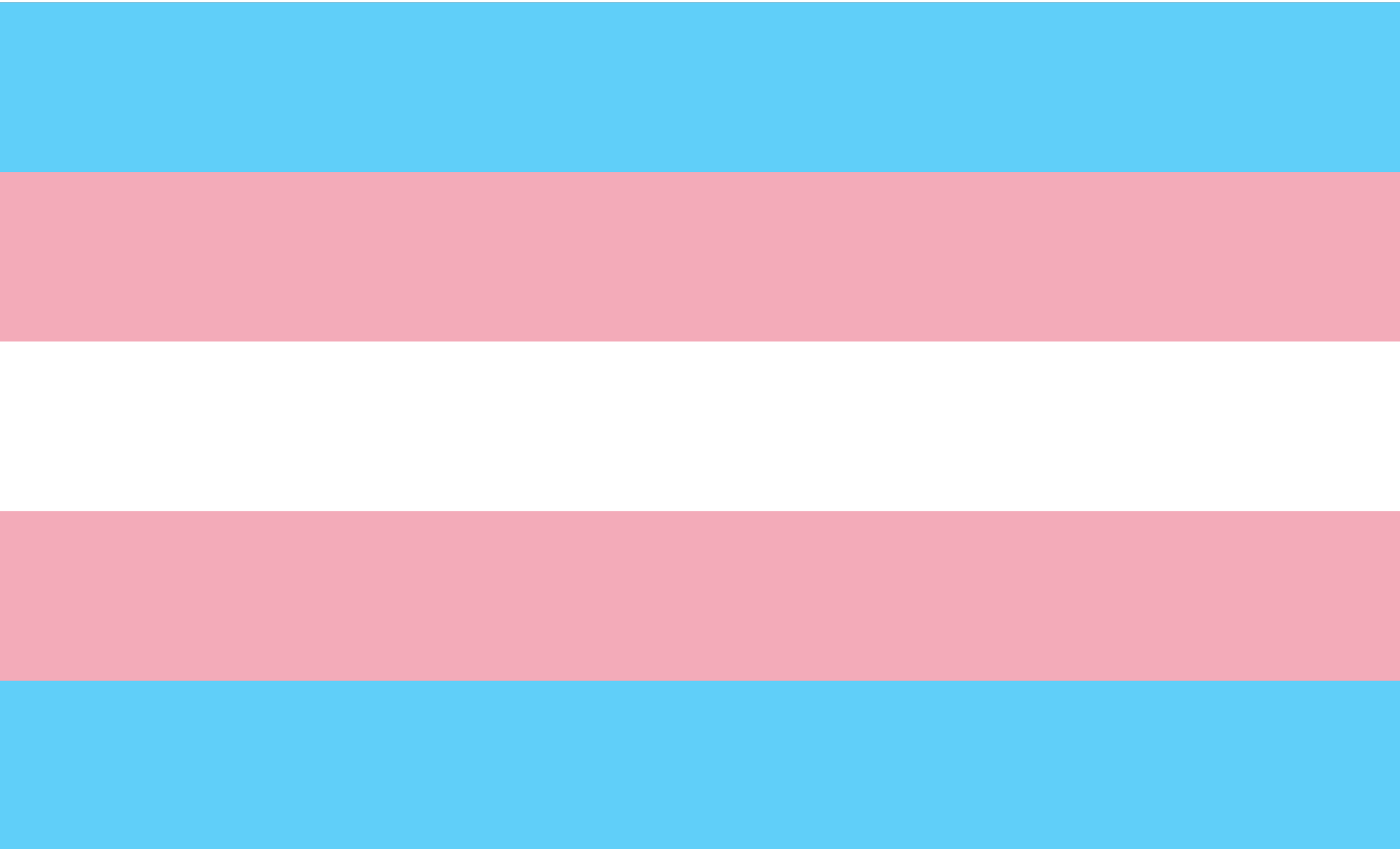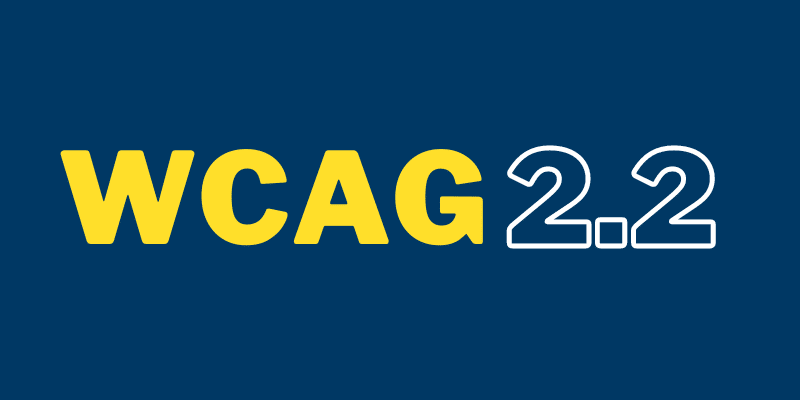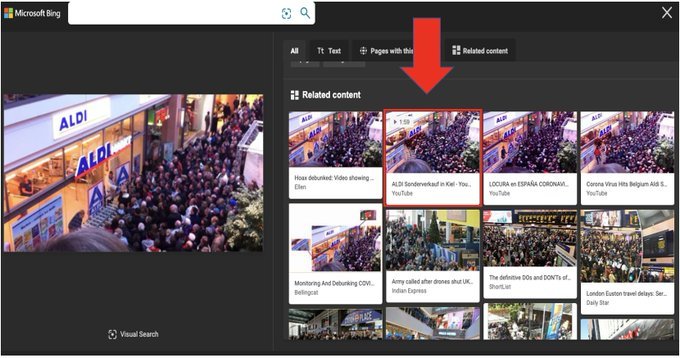Helpful reporting guides for local journalists
Accessibility
A guide from Nieman Reports for journalists who want to represent their readers’ interests. This information is essential to ensuring equal access to online content.
Accessible dataviz
Sarah L. Fossheim created this guide and a list of 10 things to do (or not do) when designing accessible data visualizations.
Abortion Rights
As this ICFJ tip sheet notes, covering abortion and reproductive health requires care and understanding. It is critical today, more than ever, to report on it for your local communities and audiences.
Adoption
There’s “positive adoption language” and “honest adoption language.” Then there’s what Merrill Perlman of CJR calls “traditional adoption language,” or the way society used to refer to adoptions.
AI notetakers
Taking into account the various needs of our members and the advice from Ho and Wei, Tiny News Collective created a draft version of what we now call our Community Care Agreement on AI Tools.
Authoritarian Playbook
This report from Protect Democracy outlines the seven fundamental tactics used by aspiring authoritarians, describes examples from in and outside the United States, and offers a framework journalists can use to differentiate between politics-as-usual and something more dangerous to democracy.
Breaking News
To help you make sense of the rumors and revelations, the myths, the misleading language, and the tired media narratives that clog up news coverage, On The Media brings you this ongoing series of Breaking News Consumer’s Handbooks, from WNYC Studios.
Building trust
This helpful guide from the Free Press News Voices project is meant to help reporters build deep relationships with the communities they cover, and it to enhance community trust in newsrooms.
Civic science collabs
Over the course of 2023, the Center for Cooperative Media worked in partnership with Rita Allen Foundation to facilitate 12 grants of $15,000 each that supported civic science and journalism collaborations. This report details the results.
Copaganda
Don’t Be A Copagandist: A guide compiled by Mia Henry, Lewis Raven Wallace, and Andrea J. Ritchie — with research from No More Police: A Case for Abolition by Mariame Kaba and Andrea J. Ritchie.
Covering climate (list)
Compiled by the Lenfest Institute for Journalism to help journalists cover the climate crisis with depth, nuance and accuracy. Feel free to add! Questions? Email [email protected].
COVID-19
Equality Labs created this medically-vetted series of coronavirus information cards, in an expansive array of languages, to help combat disinformation during the COVID-19 pandemic.
Collaborative projects
These tip sheets are pulled from the seminal report, “Comparing Models of Collaborative Journalism” by Sarah Stonbely and should provide useful advice and best-practices for each of the six collaborative journalism models studied in Sarah’s research.
Collaborative workbook
A comprehensive workbook from Project Facet to help newsrooms plan and manage the details and logistics of editorial collaborations and collaborative reporting projects.
Combating protest disinformation
Disinformation around these protests is out of control, so PEN America created this guide for protesters & the public on how to verify images, videos, sources, & news sites so you don’t get duped by all the misleading info (there’s a lot of it).
Community engagement
This toolkit from Free Press will show you how newsrooms can engage the communities they serve using techniques that help journalists better understand and address residents’ needs and concerns.
Disabilities
Stories about people with disabilities often fall into two broad categories: so-called “inspiration porn” and crime stories. Kristin Gilger says the lack of nuanced disability coverage might stem from a lack of representation in newsrooms.
Distributed newsroom
Newsrooms have quickly had to reconfigure as distributed, digital spaces. This playbook from Fathm and Google News Initiative has been designed to help you chart a sustainable path forward, based on experience and strategic thinking.
Economic language
Reporters working on Broke in Philly stories asked the people they were reporting on how they describe themselves, or how they would like to be described in the article or broadcast.
Equity + inclusion
Heather Bryant provides a roadmap for looking at journalism as a process instead of an institution or identity.
Gender identity
Journalists from all beats and publications need to be able to write about transgender and non-binary individuals without promoting stereotypes and harmful narratives.
Global Press Style Guide
The Global Press Style Guide establishes rules for referring to the people and places around the world where Global Press Journal reporters work to promote dignity and precision in their journalism.
Homelessness
The Homeless Crisis Reporting Project covers homelessness and unhoused populations in the United States. Here’s the guide it built for reporters.
If It Happened There
An occasional series from Slate in which American events are described using the tone and tropes normally employed by the American media to describe events in other countries.
Incarcerated people
Journalism is a discipline of clarity. That’s why the Marshall Project solidified its policy about how to talk about people who are currently in or have previously been in prison and jail.
Info needs assessment
This toolbox from the Listening Post Collective includes guides and templates you’ll need when creating your own project as well as resources to help you keep organized and learn from your work.
Immigration reporting
Researchers systematically interchanged the words “illegal,” “undocumented,” “unauthorized” in questions on immigrant rights and asked respondents how they felt toward immigrants.
Impact tracking
A guide to measuring community impact that is harder to see, based on a 2024 research project from the Statewide News Collective.
JOC resource guide
A compilation of resources for journalists looking to level up their career and the newsrooms they work in, created with support from The News Integrity Initiative.
Journalism for Black Lives
Free Press and M4BL.org outlined tactics that support journalists attempting ethical journalism by bringing truth to light and shifting power away from the anti-Black status quo, and into the hands of communities fighting to build a shared future.
Language, Please
A free, living resource from the Language, Please Advisory Council for journalists and storytellers seeking to thoughtfully cover evolving social, cultural, and identity-related topics.
Less-extractive reporting
A guide from the Center for Journalism Ethics at the University of Wisconsin-Madison on what vulnerable communities stand to gain — or lose — from sharing their stories with reporters, and what reporters are doing about it.
LGBTQ+ representation
A guide from SeatUp on the importance of accurate representation of the LGBTQ+ community in the media, and how incorrect portrayals can affect their mental health.
Marginalized people
As news outlets expand their margins of coverage to include more diverse stories, Nazlee Arbee writes for IJnet that journalists and editors must find the correct language to use in order to maintain sensitivity, and to create accurate representations when covering marginalized people.
Mass shootings
Mass shootings challenge the skill, capacity and ethics of news professionals. These tip sheets and other resources from the Dart Center can help reporters who are covering these tragedies.
Non-extractive reporting
What vulnerable communities stand to gain — or lose — from sharing their stories with reporters, and what reporters are doing about it.
Poverty
A tip sheet from Journalist’s Resource to help journalists think more deeply about how they select and cover stories.
Prison Journalism Navigator
Resources from the Prison Journalism Project on how to establish better connections between newsrooms and prison journalists.
Race Reporting Guide
The Race Reporting Guide includes guidelines for covering key issues with a racial lens and reporting on specific racial and ethnic groups while avoiding harmful racial discourse practices.
Remote reporting
Looking to do solutions journalism without leaving your living room? This guide from Solutions Journalism Network explains what you need to do.
Sports resources
The folks over at Journalist’s Toolbox put together this comprehensive collection of resources for reporting on sports and athletics.
TJA style guide
The Transgender Journalists Association’s Stylebook and Coverage Guide is a tool reporters, editors, and other journalists can use to improve news coverage of trans people and the stories that affect them.
Trans and nonbinary
Five tips for journalists on covering trans and non-binary people, by Lewis Raven Wallace for the Columbia Journalism Review.
Understanding WCAG 2.2
Understanding the WCAG can feel daunting. To help, Get Stark wrote summaries for each and every criteria. Yep. All 100 of them. Let’s talk about how to use them and why they did it.
Verification
Bellingcat put together this beginner’s guide on how we can tell whether the posts, articles and claims we see on the internet and social media sites are true.
White supremacy
To help journalists better understand issues around white supremacy and right-wing extremism, Journalist’s Resource interviewed two experts in the field.


